As we age, some parts of our body may become susceptible to pains and inflammation. Most common of which are joints.
Our joints serve as a form of the connections between our bones. They provide support and help us move. Any damage to our joints may interfere with our movement and cause a lot of pain. Joint pain can range from mildly irritating to debilitating. At the most extent, it may affect our daily body functions.
On the same note, joint inflammation is described as pain, swelling, tenderness and warmth in the joints, as well as morning stiffness that lasts for more than an hour. When the body experiences joint inflammation, the immune system may also become compromised. This may cause joint swelling, increased joint fluid, cartilage and bone tissues, and muscle loss. Furthermore, the nerves in the joints are also activated, which causes pain.
It has been reported by some that specific minerals may help to assist with joint pain relief. We’re here to discuss them below.
Omega 3 Fish Oil
It has long been recommended by some that fish oil each day may help promote flexibility and mobility. The omega-3 fatty acids present may also support increased blood flow throughout the body during exercise, which may help with joint pain and swelling.
The essential fatty acids from Omega 3 are found from some foods such as salmon, tuna, sardines, mackerel, herring, flaxseeds, as well as walnuts. If you’re looking for a fish oil supplement, check out Nature’s Branch Omega-3 Fish Oil here.
Calcium
Calcium is vital for keeping our bones healthy, strong and functioning. It also helps with muscle control and blood circulation. Unfortunately, our bodies do not naturally produce calcium, so we need to acquire it through the foods and drinks we consume. When our bodies do not get enough calcium, our bodies may begin to ‘steal’ and remove it from the bones. As a result, this may eventually weaken the bones and lead to joint pain.
So, what should we consume to acquire calcium?
Calcium is present with dairy and non-dairy products such as milk, cheese, enriched soy, almond milk yoghurt, fortified cereal, as well as with dark, leafy greens like spinach and kale.
Vitamin D
Many may know that Vitamin D is needed for our skin health, but this specific nutrient is called the ‘sunshine vitamin’ for good reason too. Not only does your body make vitamin D when your skin is exposed to the sun, but Vitamin D may also be helpful towards mood.
Good news about Vitamin D is that our bodies naturally produce it when we are exposed to the sun. It helps regulate the body’s use of calcium and phosphorus. and is essential for the formation of bones and teeth.
Vitamin C
It is no doubt that Vitamin C is a powerful antioxidant that may play a role in joint health and immune function. Some research suggests that this vitamin may be supportive towards joints. Vitamin C is an antioxidant linked to collagen synthesis, the main protein in joint tissue and bone.
Anthocyanins
This is probably something that you haven’t heard of before, but this antioxidant is found in typical fruits in your fridge. Anthocyanins are found in cherries, berries (blackberries, blueberries, elderberries, raspberries, boysenberries, strawberries, etc.), black currants, eggplant, red and black grapes, and plums.
Anthocyanins may help by inhibiting the production of certain inflammatory chemicals, however more research is needed. Also, they may contribute to the health of connective tissue, as they are even more potent than vitamin C.
Polyphenols
Polyphenols are micronutrients that we get through certain plant-based foods. They’re packed with antioxidants and potential health benefits. It’s thought that polyphenols may help improve joint health, digestive health, weight loss management, and cardiovascular health.
Tea is one of the most-studied drinks when it comes to people who are experiencing joint pains. Green, black and white teas are all rich in polyphenols – compounds from plants that are said to have strong anti-inflammatory effects. You’ll find the highest polyphenol levels in green and white teas. Research has shown that polyphenols may support cartilage and bone, although many studies are still needed to be completed to confirm its benefits.
Sulforaphane
Have you heard of sulforaphane? Probably not, but you’ll want to know how it may be helpful towards your joints.
Sulforaphane is a tiny sulfur-based nutrient and one of the reasons why dark green vegetables like broccoli, brussels sprouts and even cauliflower are known to be good for the body. This powerful phytochemical is found in many cruciferous vegetables including kale, bok choy, cabbage and more.
Some studies have shown that sulforaphane aids in blocking the inflammatory process and may help protect cartilage, bones, and muscles.
Diallyl Disulfide
Diallyl disulfide that is mostly present in garlic, onions, and leeks is said to play a strong role with joint pains. In 2018, an experimental study published in the Journal of Environmental Pathology, Toxicology, and Oncology revealed that garlic consumption, which contains diallyl disulfide, may have sound effects with ‘anti-arthritic activities’ of the body and it may help reduce inflammation in the joints and protect bone tissues and muscles.
Glucosamine
Glucosamine is a natural compound found in our body but is mostly present in our cartilage, the tough tissue that cushions our joints. It is a raw amino sugar produced by our body. The highest natural concentration of glucosamine is in joints and cartilage, where it makes up the structure of glycosaminoglycans, compounds essential for joint health.
There are several forms of glucosamine, including but not limited to glucosamine sulfate, glucosamine hydrochloride, and N-acetyl glucosamine. Many people use glucosamine sulfate to help with painful conditions caused by joints or inflammation.
Chondroitin Sulfate
Like glucosamine, chondroitin sulfate is typically found in the cartilage as well. It is a natural compound and a part of a protein molecule that helps give cartilage its elastic properties and is thought to have anti-inflammatory properties for bones and joints. Many people have been said to use it for swelling in the joints, which may occur when the bones in the joint rub together.
Turmeric Curcumin
According to Harvard Health study, 94% of those taking curcumin reported at least 50% improvement in their joint health.
Turmeric’s main active component, curcumin, is what gives the spice its yellow color. This specific component is said to have anti-inflammatory properties,for pain and ease of movement of the body. However, well-designed studies of its health benefits are limited and more research is necessary to confirm these effects.
The good news is, Turmeric Curcumin comes in the form of a supplement as well.
Nature’s Branch 1500mg Turmeric Curcumin comes with BioPerine Black Pepper Extract along with 95% standardized curcuminoids for premium pain relief and joint support. The BioPerine (black pepper extract) included in each of our turmeric capsules supports bioavailability and absorption throughout the body. Our organic turmeric curcumin capsules may help with joint pains and inflammation. They are also suitable for men and women for cognitive health, digestive health, and cardiovascular health.
Click on the image below to see why our extra strength turmeric supplement may be what you’re looking for!


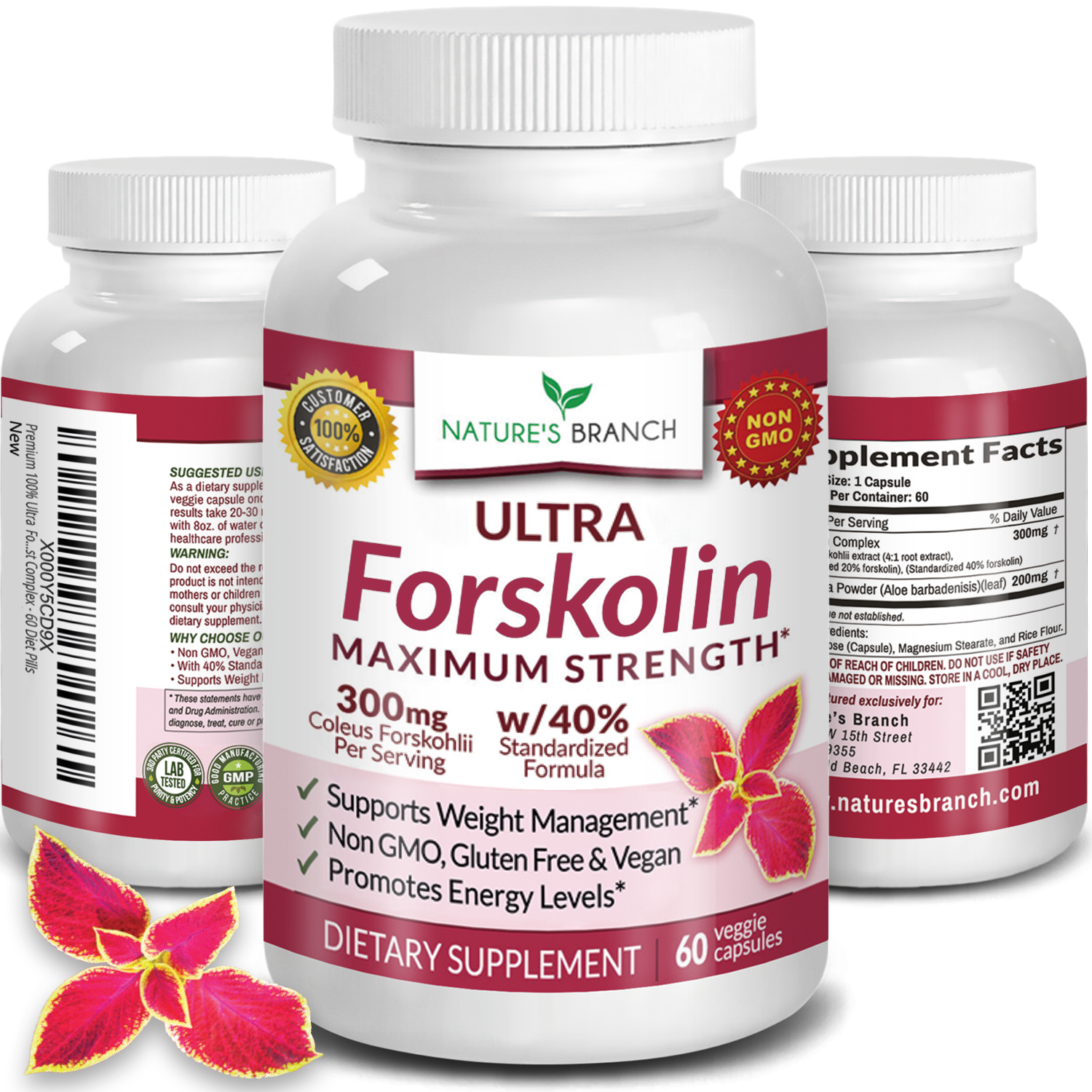
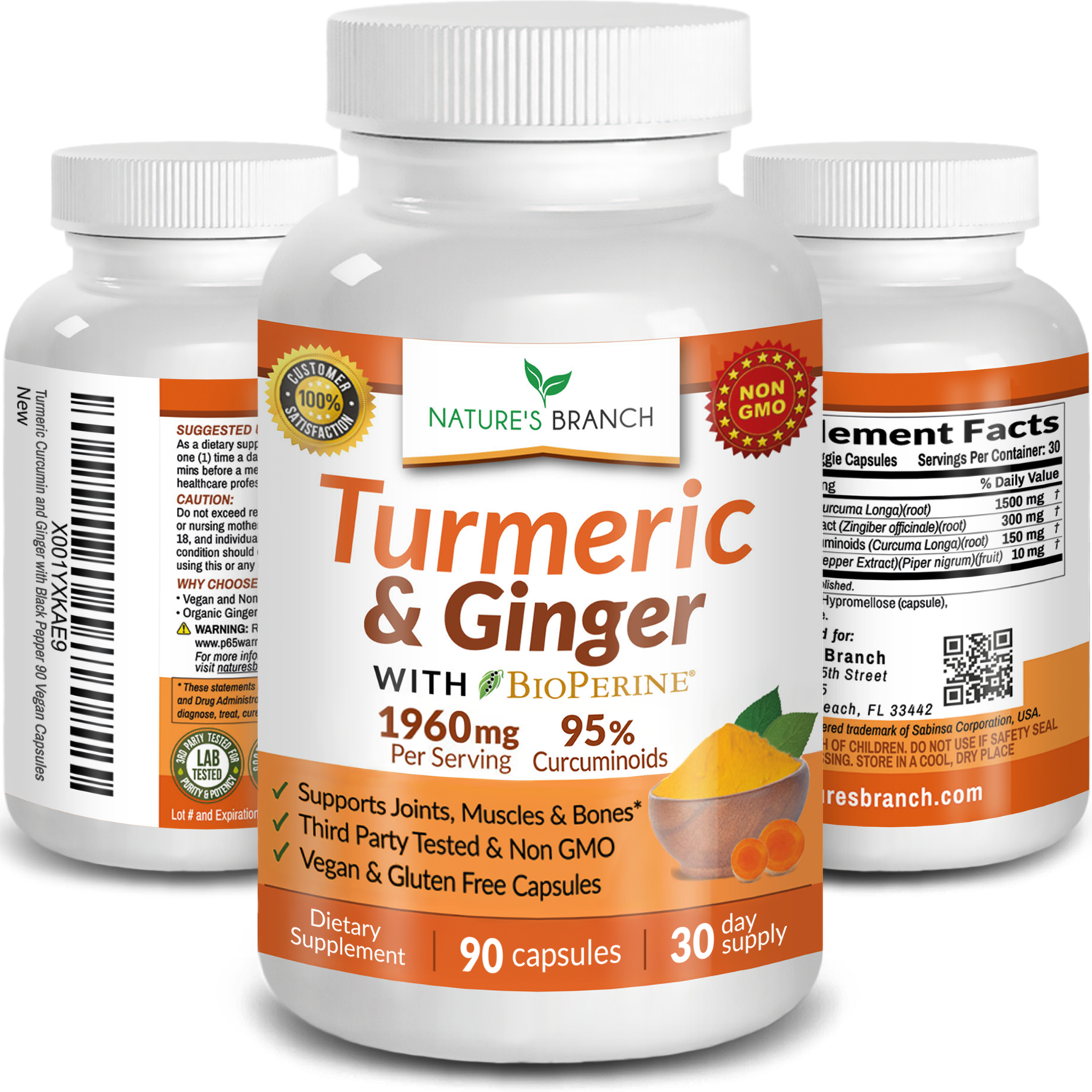
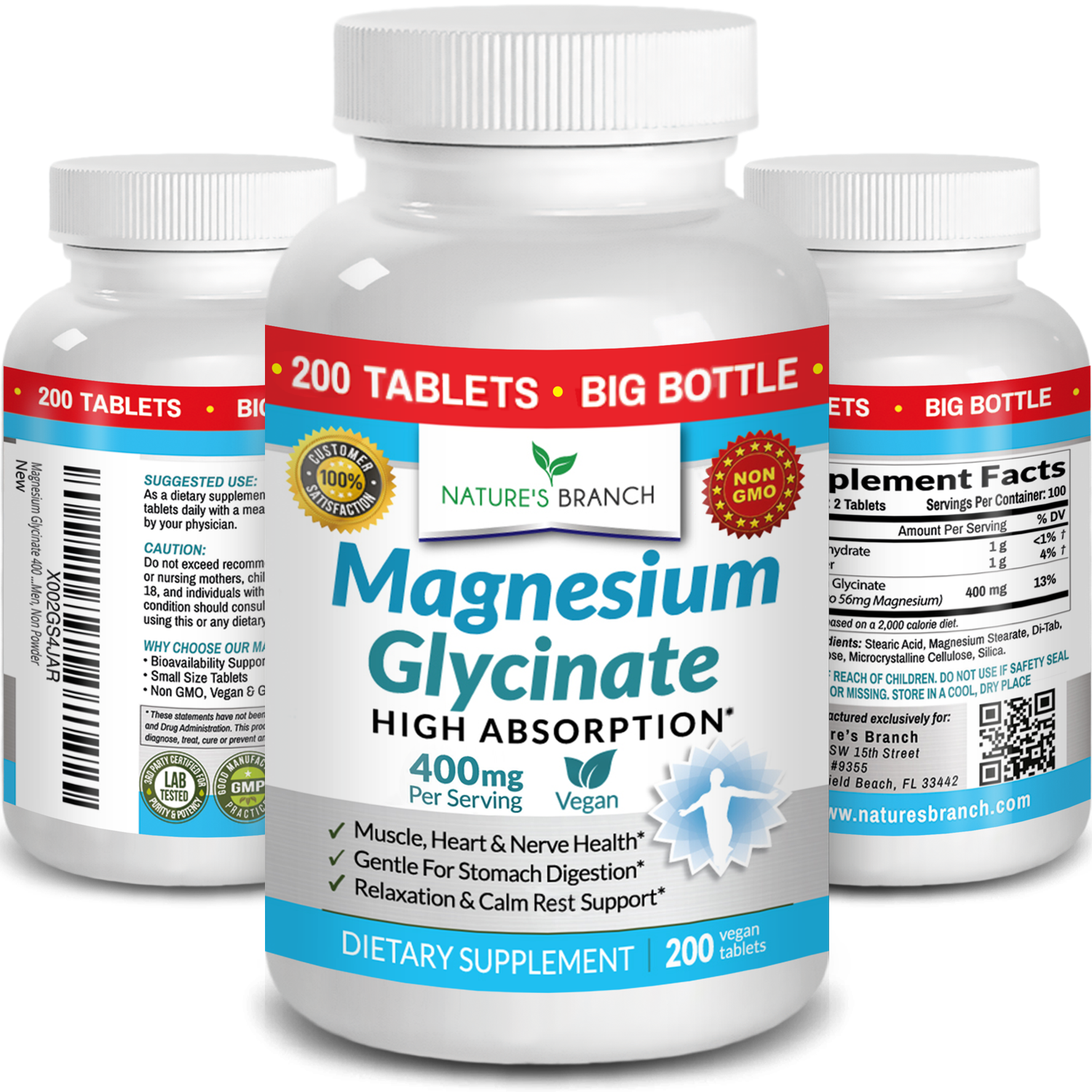
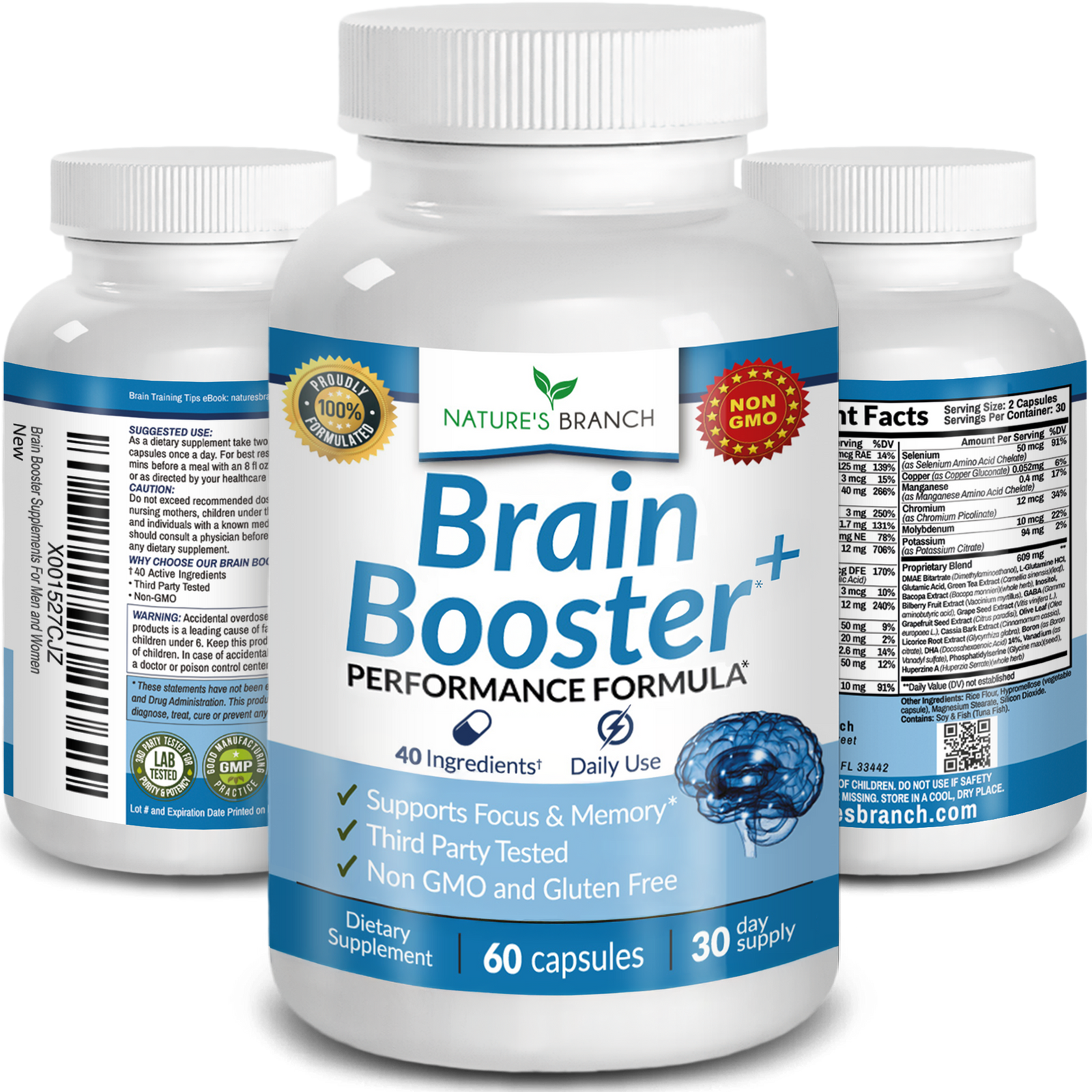




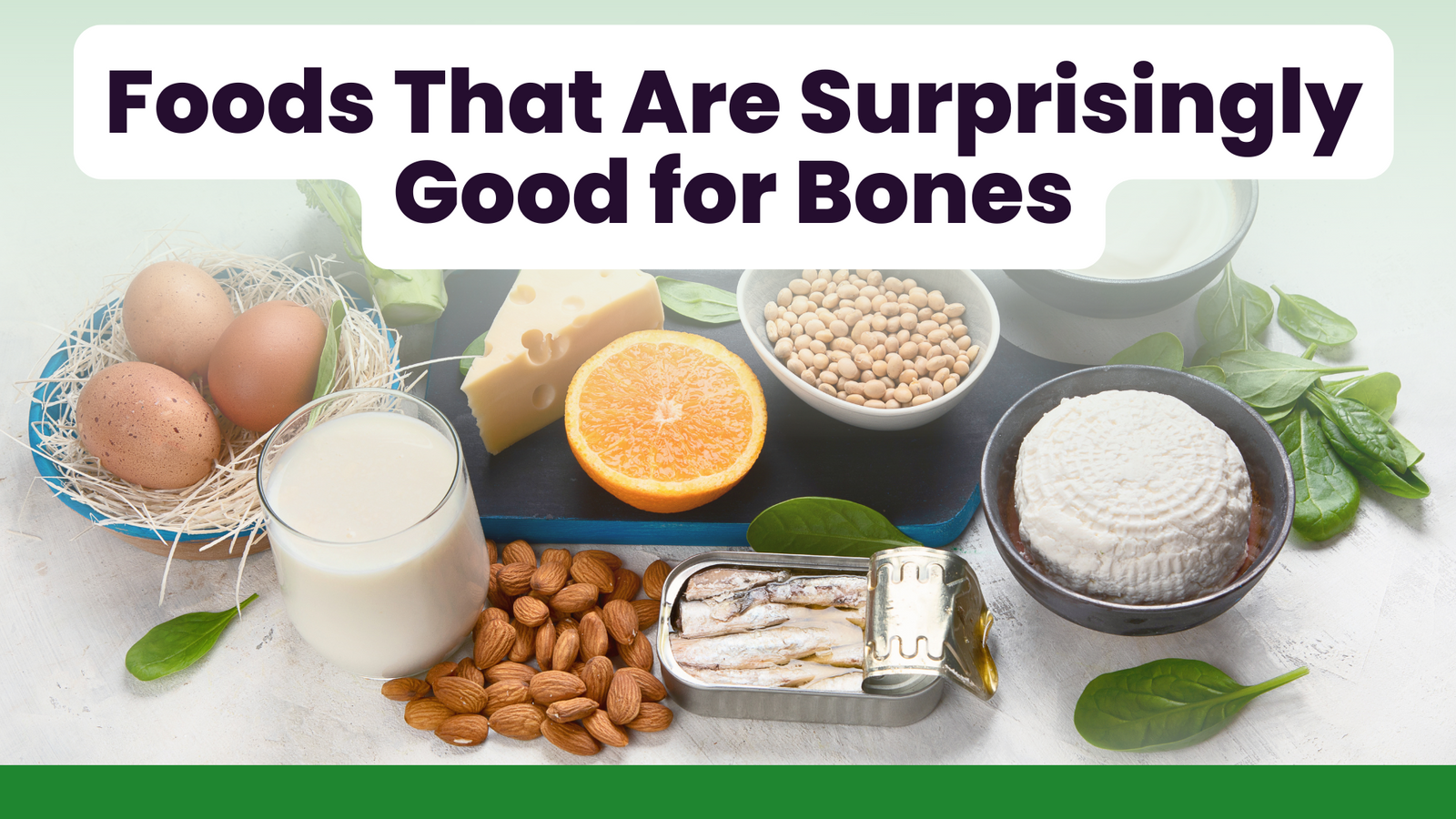
Leave a comment (all fields required)